Home>Gardening & Outdoor>Landscaping Ideas>How To Make Lines When Cutting Grass
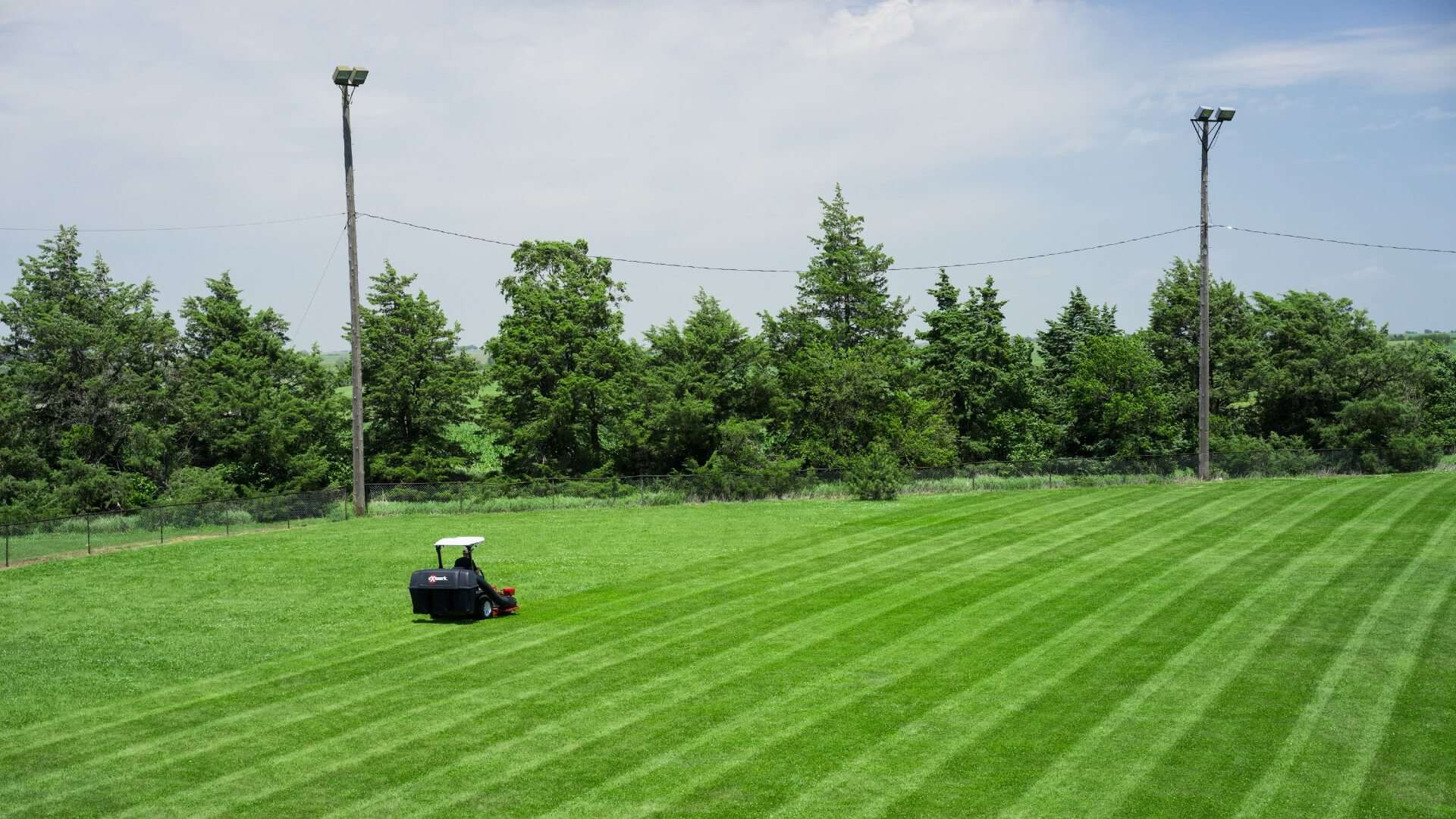

Landscaping Ideas
How To Make Lines When Cutting Grass
Modified: February 18, 2024
Learn effective landscaping ideas for creating beautiful lines when cutting grass. Discover expert tips and techniques for achieving professional-looking results in your yard.
(Many of the links in this article redirect to a specific reviewed product. Your purchase of these products through affiliate links helps to generate commission for Storables.com, at no extra cost. Learn more)
Introduction
Creating beautiful and well-defined lines when cutting grass can transform a mundane lawn into a stunning outdoor space. Whether you're a homeowner looking to elevate your lawn's aesthetics or a professional landscaper aiming to impress clients, mastering the art of making clean and precise lines is essential. This article will guide you through the process, providing valuable insights and techniques to help you achieve professional-looking results.
A well-maintained lawn not only enhances the visual appeal of a property but also contributes to a welcoming and relaxing atmosphere. The process of mowing lines into grass serves as a finishing touch, adding a touch of elegance and sophistication to the overall landscape. By learning the proper techniques and utilizing the right tools, you can elevate the appearance of any lawn, creating a polished and manicured look that exudes charm and beauty.
In the following sections, we will explore the essential tools and equipment needed for the task, delve into the intricacies of choosing the right mower, and discuss the setup process. Additionally, we will cover crucial safety precautions to ensure a secure mowing experience. Furthermore, we will provide detailed techniques for creating both straight and curved lines, offering valuable tips for maintaining the lawn mower to prolong its lifespan and optimize its performance.
Whether you are a novice or an experienced landscaper, this comprehensive guide will equip you with the knowledge and skills necessary to achieve impeccable results when mowing lines into grass. So, grab your mowing equipment and let's embark on a journey to elevate the visual appeal of your lawn through the art of precision mowing.
Key Takeaways:
- Master the art of creating captivating lines when cutting grass by using the right tools, choosing the appropriate mower, and implementing precise techniques for both straight and curved lines.
- Prioritize safety precautions and embrace the artistry of precision mowing to create visually striking landscapes that captivate onlookers and foster a welcoming outdoor atmosphere.
Read more: How To Cut Grass With Lines
Tools and Equipment Needed
Before embarking on the task of creating captivating lines when cutting grass, it is crucial to gather the necessary tools and equipment. Having the right gear not only ensures a smooth mowing process but also contributes to the quality and precision of the results. Here are the essential tools and equipment you will need:
- Lawn Mower: The centerpiece of the operation, a reliable lawn mower is essential for achieving well-defined lines. Both push mowers and riding mowers can be used, depending on the size of the lawn and personal preferences.
- Edger: An edger is instrumental in creating clean and sharp edges along sidewalks, driveways, and flower beds, adding a polished look to the lawn.
- String Trimmer: Also known as a weed whacker or weed eater, a string trimmer is useful for reaching areas that the lawn mower cannot access, such as tight corners and around obstacles.
- Measuring Tools: A measuring tape or a long piece of string can be used to ensure straight and evenly spaced lines, especially when creating intricate patterns or designs.
- Safety Gear: Prioritize safety by wearing appropriate gear, including safety glasses, ear protection, and sturdy footwear, to safeguard yourself during the mowing process.
- Clean-Up Tools: Rakes, leaf blowers, and lawn bags are essential for cleaning up grass clippings and maintaining a tidy lawn after mowing.
By assembling these tools and equipment, you will be well-prepared to embark on the journey of creating captivating lines when cutting grass. The next step is to carefully select the most suitable mower for your specific needs and preferences, ensuring that it aligns with the size and terrain of your lawn.
Choosing the Right Mower
When it comes to mowing lines into grass, selecting the right mower is a pivotal decision that significantly influences the quality and precision of the results. Several factors should be considered to ensure that the chosen mower aligns with the specific requirements of the lawn and the desired outcome. Here are the key considerations for choosing the right mower:
- Lawn Size: Assess the size of the lawn to determine whether a push mower or a riding mower is more suitable. For larger lawns, a riding mower provides efficiency and comfort, while a push mower is ideal for smaller, more intricate areas.
- Terrain: Consider the terrain of the lawn, including any slopes, obstacles, or uneven areas. For hilly terrain, a mower with good traction and stability is essential to ensure safety and maneuverability.
- Cutting Width: The cutting width of the mower directly impacts the efficiency of mowing. A wider cutting width allows for faster mowing, while a narrower width is advantageous for navigating tight spaces and intricate patterns.
- Grass Discharge: Choose between mowers with side discharge, rear discharge, or mulching capabilities based on your preference for handling grass clippings. Mulching mowers finely chop the clippings, providing natural fertilization for the lawn.
- Power Source: Decide whether a gas-powered, electric, or battery-powered mower best suits your needs. Each power source has its advantages, such as the consistent power of gas mowers, the eco-friendliness of electric mowers, and the convenience of battery-powered mowers.
- Additional Features: Explore additional features such as adjustable cutting height, ergonomic design, and easy-start mechanisms to enhance the mowing experience and achieve precise results.
By carefully considering these factors, you can make an informed decision when choosing a mower that aligns with the unique characteristics of your lawn and the specific requirements of creating well-defined lines. Once the ideal mower is selected, the next step is to ensure that it is properly set up for the mowing process, optimizing its performance for impeccable results.
Setting Up the Mower
Properly setting up the mower is essential to ensure optimal performance and precision when mowing lines into grass. By following a few key steps, you can prepare the mower for the task at hand, setting the stage for a seamless and efficient mowing experience. Here’s a comprehensive guide to setting up the mower for creating captivating lines:
- Inspect and Prepare the Mower: Before starting the mowing process, thoroughly inspect the mower for any signs of damage or wear. Check the oil level, fuel, and overall condition of the mower, ensuring that it is in proper working order.
- Adjust the Cutting Height: Depending on the desired length of the grass, adjust the cutting height of the mower to achieve the perfect balance between maintaining the grass’s health and achieving a manicured appearance.
- Sharpen the Blades: Sharp blades are crucial for achieving clean and precise cuts. If the mower blades are dull, take the time to sharpen them to ensure a professional-looking finish.
- Plan the Mowing Pattern: Visualize the desired mowing pattern, whether it’s straight lines, gentle curves, or intricate designs. Planning the pattern in advance helps maintain a consistent and harmonious look across the entire lawn.
- Mark the Starting Point: To initiate the mowing process, mark a clear starting point that serves as the reference for creating straight and evenly spaced lines. This initial marker sets the tone for the entire mowing endeavor.
- Clear the Mowing Area: Remove any obstacles, debris, or potential hazards from the mowing area to ensure a smooth and uninterrupted mowing process. Clearing the area also minimizes the risk of damage to the mower or the lawn.
By meticulously following these steps, you can set up the mower for creating captivating lines, laying the groundwork for a visually stunning and well-maintained lawn. With the mower primed and ready, the next crucial aspect to consider is prioritizing safety precautions to safeguard both the operator and the lawn during the mowing process.
Safety Precautions
Ensuring the safety of both the operator and the surrounding environment is paramount when mowing lines into grass. By adhering to essential safety precautions, you can mitigate potential risks and create a secure mowing environment. Here are crucial safety measures to consider before and during the mowing process:
- Wear Appropriate Safety Gear: Prior to starting the mower, equip yourself with essential safety gear, including safety glasses, ear protection, and sturdy, closed-toe footwear. These items provide vital protection against flying debris and loud mower noise.
- Inspect the Mowing Area: Scan the mowing area for any foreign objects, rocks, or debris that could be propelled by the mower. Clear the area of potential hazards to prevent damage to the mower and ensure a safe mowing experience.
- Follow Mower Safety Guidelines: Familiarize yourself with the specific safety guidelines outlined in the mower’s manual. Adhere to recommended practices for operating the mower, including starting and stopping procedures, as well as guidelines for handling fuel and performing maintenance.
- Be Mindful of Surroundings: Stay vigilant and aware of your surroundings while mowing, especially when maneuvering around obstacles or near pathways. Be mindful of pets, children, and other individuals in the vicinity to prevent accidents or injuries.
- Avoid Mowing on Wet Terrain: Refrain from mowing on wet or slippery terrain to prevent loss of traction and potential accidents. Wait for the grass and soil to dry before initiating the mowing process to ensure stability and safety.
- Turn Off the Mower When Unclogging: In the event of a clog or blockage in the mower, always turn off the engine and wait for all moving parts to come to a complete stop before attempting to clear the obstruction. Exercise caution to avoid injury during maintenance.
By prioritizing safety precautions, you can create a secure and controlled mowing environment, minimizing the risk of accidents and ensuring a smooth and incident-free mowing process. With safety at the forefront, you can confidently proceed with implementing techniques for creating both straight and curved lines, adding a touch of artistry to the mowing endeavor.
Overlap each pass by half the width of the mower to ensure even cutting and avoid missing spots. Vary the direction of your lines each time you mow for a professional-looking finish.
Read more: When To Cut The Grass
Technique for Making Straight Lines
Mastering the technique for creating straight lines when cutting grass is essential for achieving a professional and polished look. By following a few key principles and employing precision, you can transform a mundane lawn into a visually striking landscape. Here’s a comprehensive guide to mastering the technique for making straight lines:
- Establish a Starting Point: Begin by establishing a clear starting point at one edge of the lawn. This serves as the reference for initiating the straight lines and ensures a consistent and harmonious pattern across the entire lawn.
- Maintain a Steady Pace: When mowing, maintain a steady and consistent pace to achieve uniform grass height and a seamless appearance. Avoid abrupt changes in speed or direction to maintain the integrity of the straight lines.
- Overlap Each Pass Slightly: Slightly overlap each pass of the mower to ensure complete coverage and avoid leaving uncut strips of grass. This technique contributes to a uniform and well-manicured look along the entire length of the straight lines.
- Focus on a Distant Marker: While mowing, focus on a distant marker or object at the opposite end of the lawn to help maintain a straight trajectory. This visual guide assists in achieving precision and consistency throughout the mowing process.
- Utilize Measuring Tools: For intricate patterns or designs, use measuring tools such as a tape measure or a long piece of string to ensure evenly spaced and parallel straight lines. This meticulous approach contributes to a professional and visually appealing result.
- Practice Regular Maintenance: Keep the mower blades sharp and the equipment well-maintained to ensure clean and precise cuts. Regular maintenance contributes to the overall quality of the mowing process and the appearance of the straight lines.
By implementing these techniques and principles, you can master the art of creating straight lines when mowing, elevating the visual appeal of the lawn and showcasing a well-manicured and professional landscape. With the straight lines seamlessly woven into the grass, the next step is to explore the technique for making curved lines, adding an artistic touch to the mowing process.
Technique for Making Curved Lines
Introducing curved lines when cutting grass adds an artistic and dynamic dimension to the overall landscape, infusing the lawn with elegance and visual interest. Mastering the technique for creating curved lines requires precision and a keen eye for harmonious design. Here’s a comprehensive guide to mastering the technique for making curved lines:
- Visualize the Curved Pattern: Before mowing, visualize the desired curved pattern, whether it’s gentle arcs, intricate waves, or elaborate designs. This visualization serves as a guide for achieving a cohesive and aesthetically pleasing result.
- Employ Smooth and Fluid Movements: When mowing curved lines, employ smooth and fluid movements, gently guiding the mower along the intended curves. Avoid abrupt changes in direction to maintain the integrity of the curves and achieve a seamless appearance.
- Adjust Mower Speed as Needed: Depending on the complexity of the curved lines, adjust the mower speed to ensure optimal control and precision. Slower speeds are beneficial for intricate curves, while wider arcs may accommodate a slightly faster pace.
- Utilize Landmarks as Reference Points: Identify natural landmarks or visual cues within the lawn, such as trees, flower beds, or pathways, to serve as reference points for maintaining the curvature and flow of the mowing pattern. These landmarks guide the overall design and ensure consistency.
- Overlap Each Pass for Uniform Coverage: Similar to creating straight lines, slightly overlap each pass of the mower when mowing curved lines to achieve uniform grass height and complete coverage. This meticulous approach contributes to a cohesive and well-manicured appearance.
- Practice Precision and Patience: Achieving precise and harmonious curved lines requires patience and attention to detail. Embrace the process and focus on maintaining a steady hand to achieve graceful and captivating curves throughout the lawn.
By implementing these techniques and principles, you can master the art of creating curved lines when mowing, infusing the landscape with artistry and sophistication. With both straight and curved lines seamlessly integrated into the grass, the next step is to explore essential tips for maintaining the lawn mower, ensuring its longevity and optimal performance for future mowing endeavors.
Tips for Maintaining the Lawn Mower
Proper maintenance of the lawn mower is essential for ensuring its longevity, performance, and reliability during the mowing process. By implementing regular maintenance practices and adhering to essential tips, you can optimize the mower’s functionality and preserve its pristine condition. Here are valuable tips for maintaining the lawn mower:
- Sharpen the Blades Regularly: Keep the mower blades sharp to ensure clean and precise cuts. Dull blades can damage the grass, resulting in an uneven and unkempt appearance. Regular sharpening contributes to the overall quality of the mowing process.
- Change the Oil and Spark Plug: Adhere to the manufacturer’s guidelines for changing the oil and spark plug at recommended intervals. Fresh oil and a clean spark plug contribute to the mower’s efficiency and longevity.
- Clean the Undercarriage: After each use, clean the undercarriage of the mower to remove grass clippings, debris, and buildup. A clean undercarriage prevents corrosion and ensures optimal airflow during mowing.
- Inspect and Replace Air Filters: Regularly inspect the air filters and replace them as needed to maintain proper airflow and prevent dust and debris from entering the engine. Clean air filters contribute to the mower’s performance and longevity.
- Check and Maintain Tire Pressure: Ensure that the mower’s tires are properly inflated to the recommended pressure. Proper tire pressure provides stability and traction, contributing to safe and efficient mowing.
- Store the Mower Properly: When not in use, store the mower in a clean and dry environment, preferably indoors or in a well-protected outdoor storage space. Proper storage prevents rust and deterioration, extending the mower’s lifespan.
- Follow Maintenance Schedule: Adhere to the manufacturer’s recommended maintenance schedule, including tune-ups, oil changes, and overall inspections. Following the schedule ensures that the mower operates at its best and minimizes the risk of unexpected issues.
By incorporating these maintenance tips into your routine, you can uphold the mower’s performance and condition, ensuring that it remains a reliable and efficient tool for creating captivating lines when cutting grass. With a well-maintained mower at your disposal, you can confidently embark on future mowing endeavors, enhancing the visual appeal of your lawn with precision and finesse.
Conclusion
Mastering the art of creating captivating lines when cutting grass elevates the visual appeal of any lawn, transforming it into a stunning outdoor space. By employing the right tools, choosing the appropriate mower, and implementing precise techniques, you can achieve professional-looking results that exude elegance and sophistication.
From the essential tools and equipment needed to the meticulous techniques for making both straight and curved lines, this comprehensive guide has equipped you with the knowledge and skills necessary to elevate the appearance of your lawn. By prioritizing safety precautions and embracing the artistry of precision mowing, you can create a visually striking landscape that captivates onlookers and fosters a welcoming outdoor atmosphere.
Furthermore, by adhering to essential tips for maintaining the lawn mower, you can ensure its longevity and optimal performance, setting the stage for future mowing endeavors with confidence and ease. A well-maintained mower is a reliable companion in the quest for achieving immaculate and well-defined lines, adding a touch of artistry to the outdoor canvas.
So, whether you’re a homeowner aiming to enhance your lawn’s aesthetics or a professional landscaper dedicated to delivering impeccable results, the knowledge and techniques presented in this guide empower you to create captivating lines that showcase the beauty of precision mowing. Embrace the process, infuse your creativity, and revel in the transformation of your lawn into a visually stunning masterpiece.
With the right tools, techniques, and a touch of artistry, you have the power to turn an ordinary lawn into an extraordinary work of natural art.
Frequently Asked Questions about How To Make Lines When Cutting Grass
Was this page helpful?
At Storables.com, we guarantee accurate and reliable information. Our content, validated by Expert Board Contributors, is crafted following stringent Editorial Policies. We're committed to providing you with well-researched, expert-backed insights for all your informational needs.
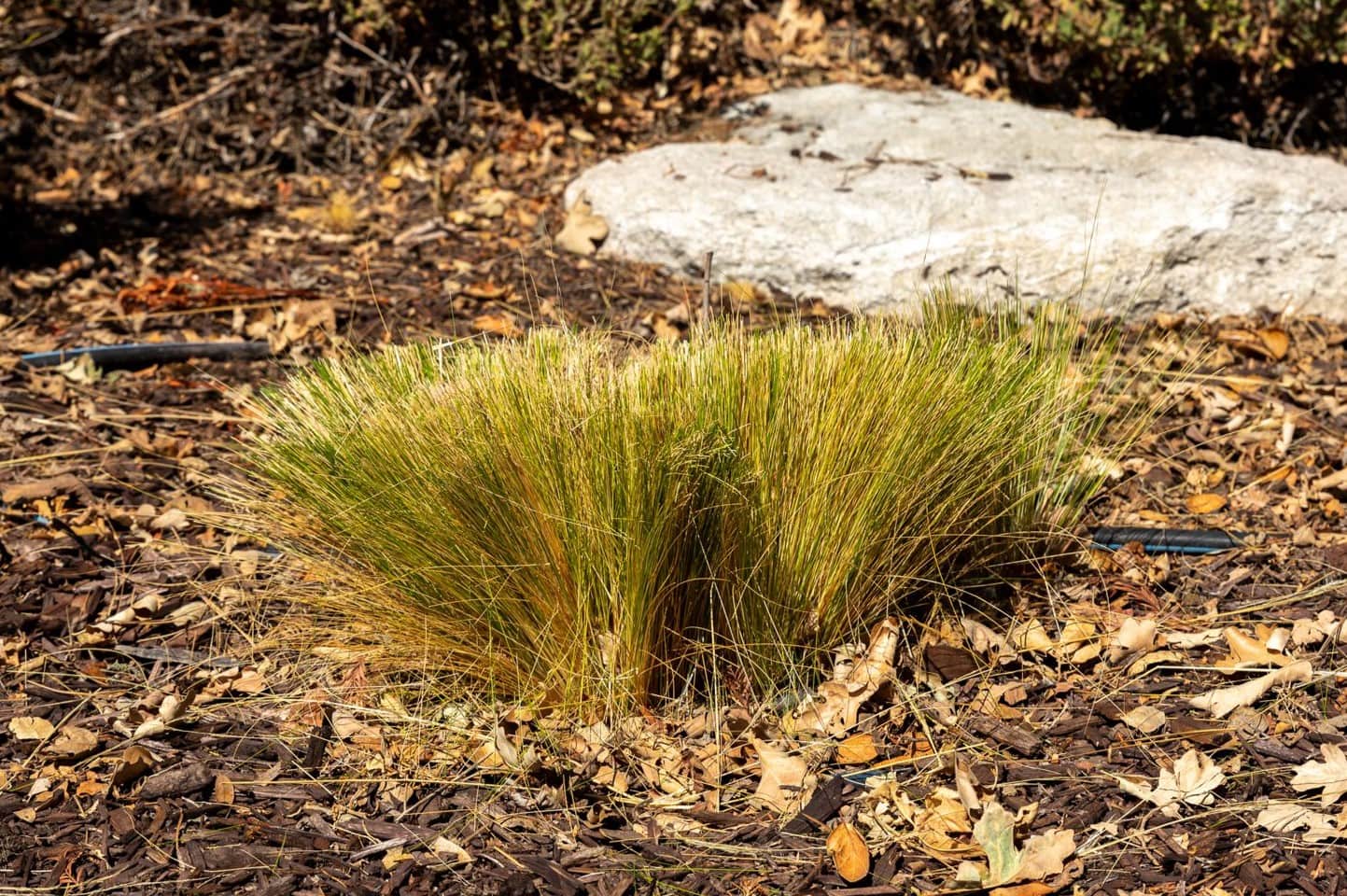
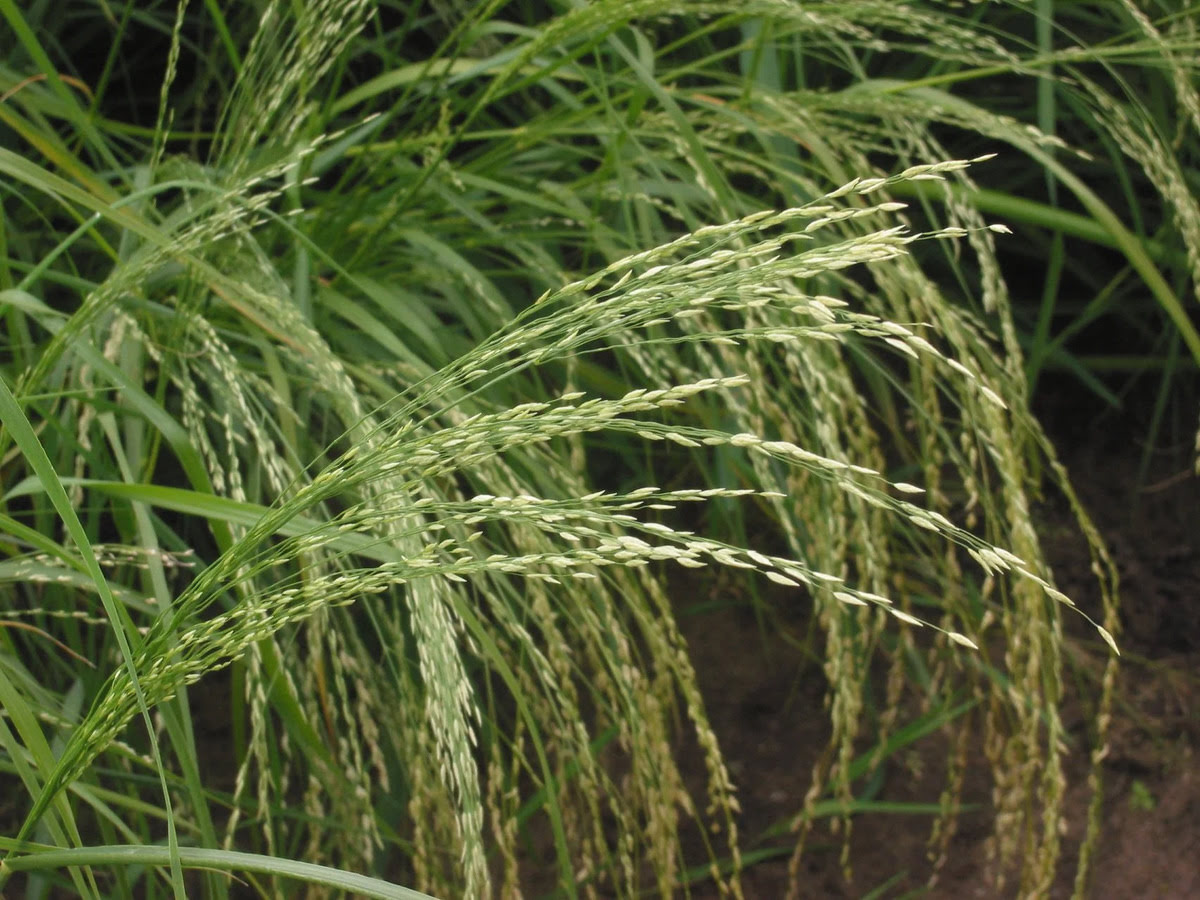
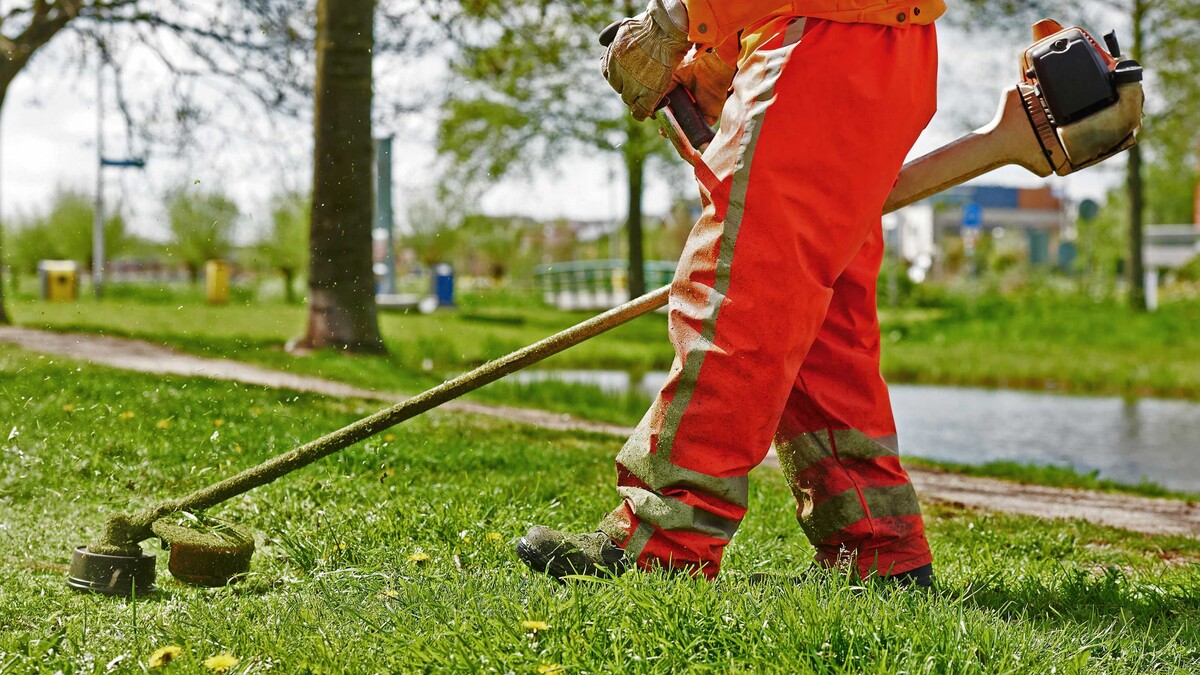
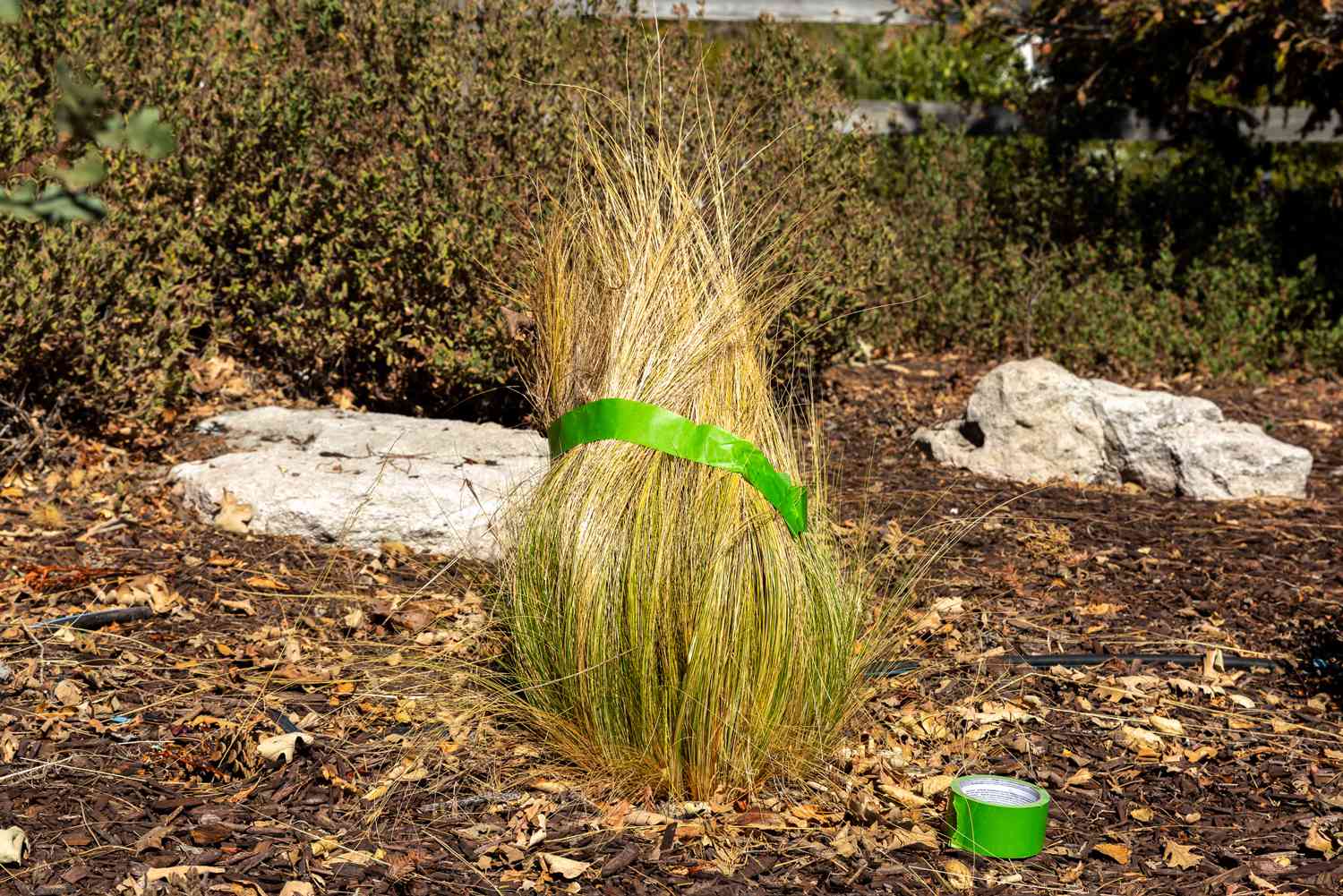

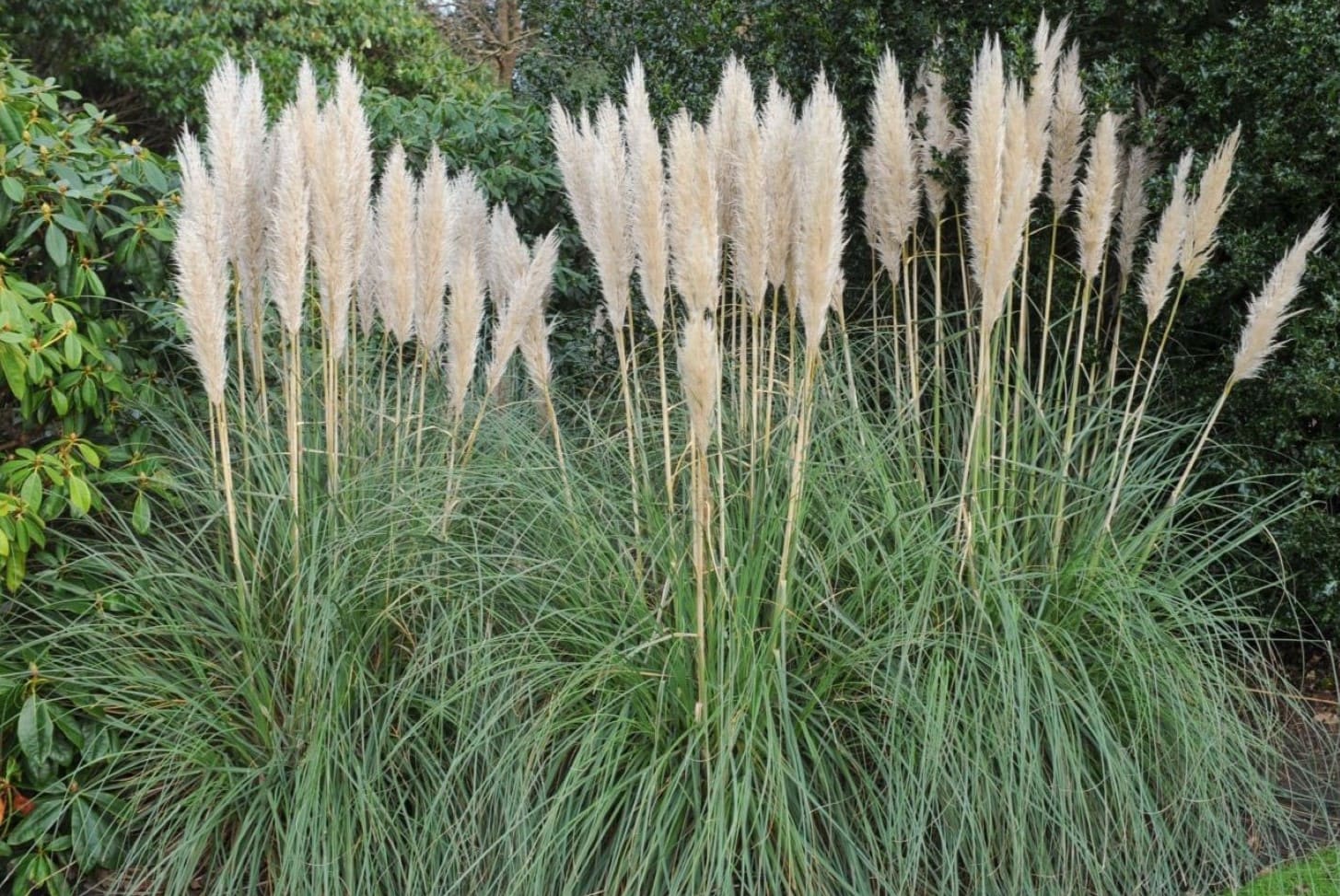
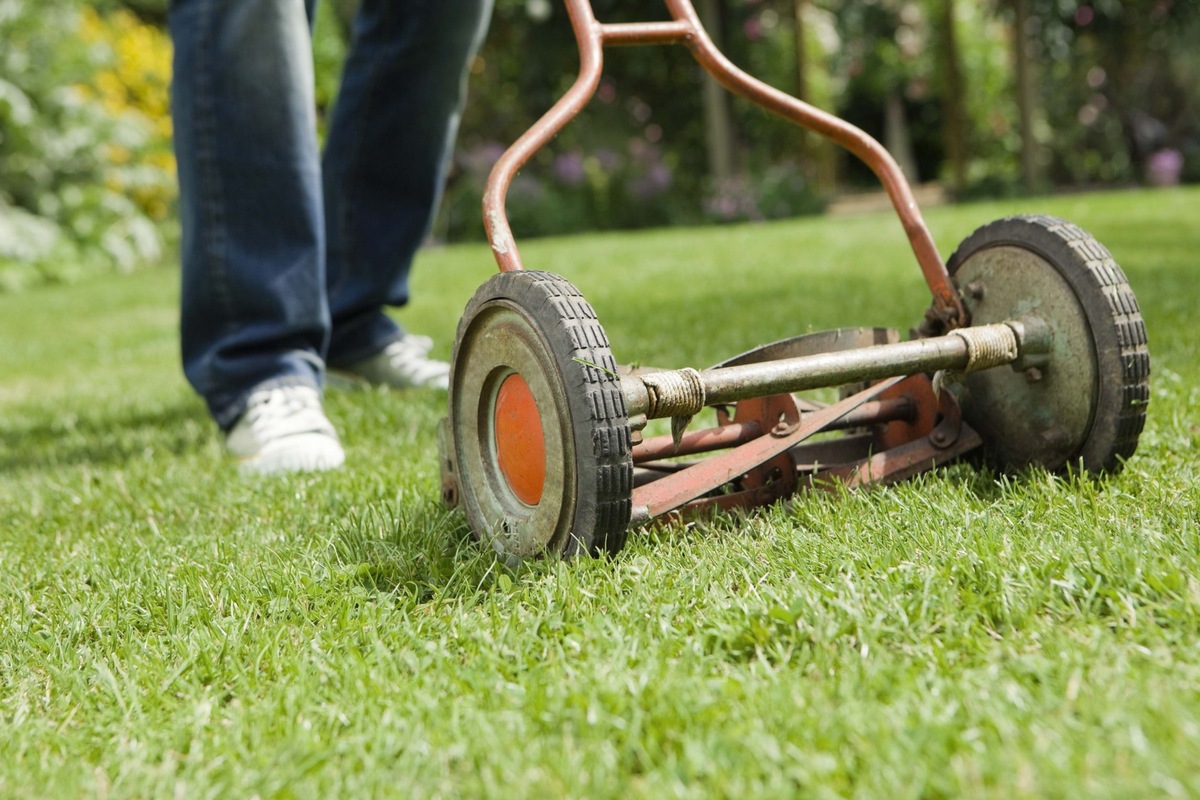
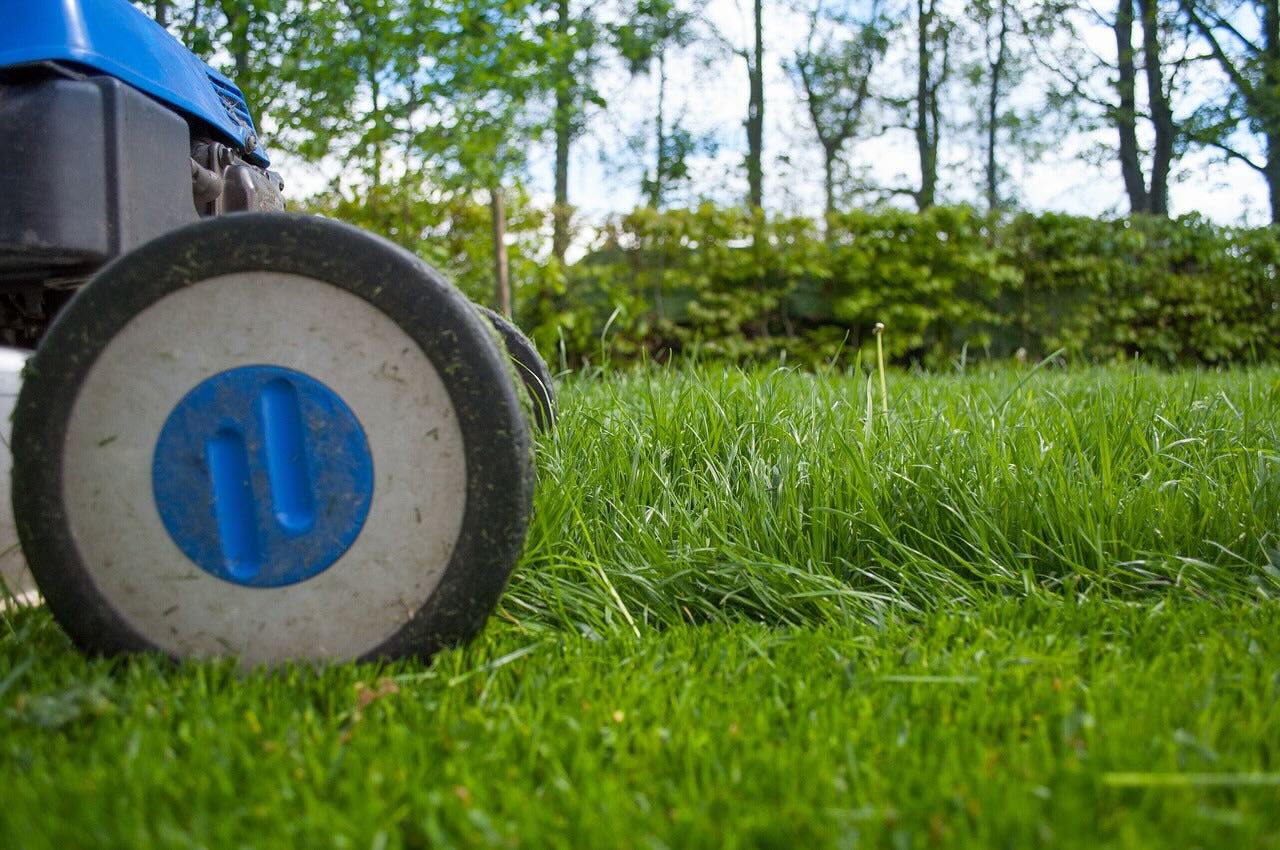
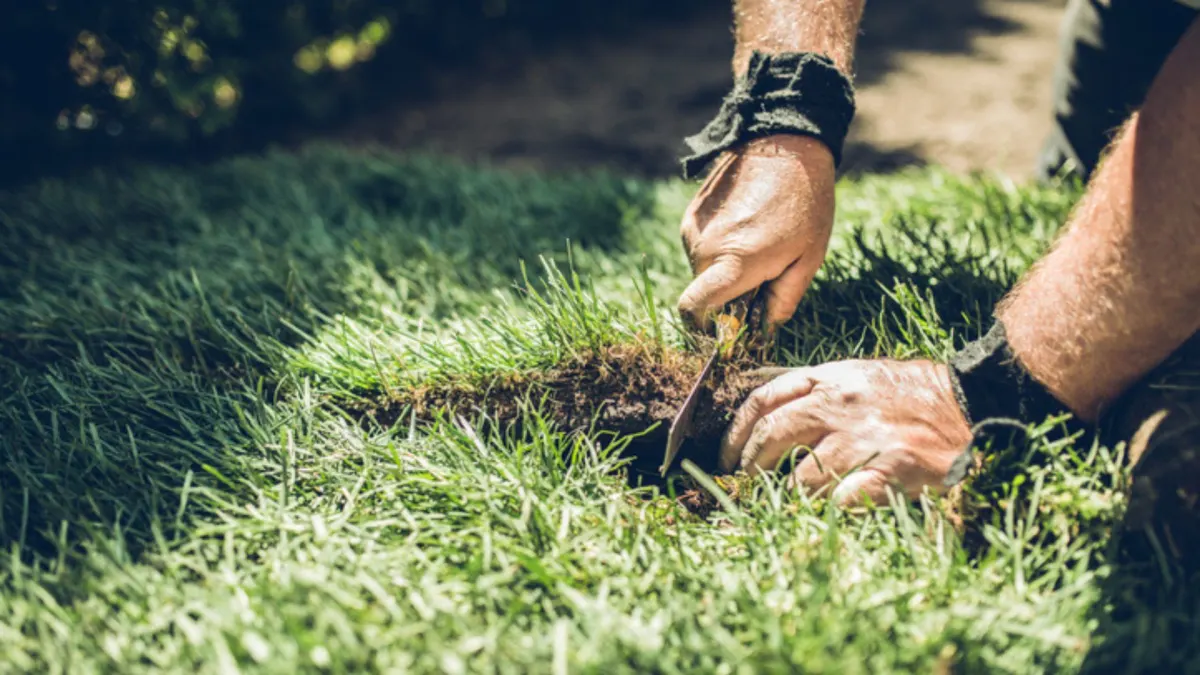
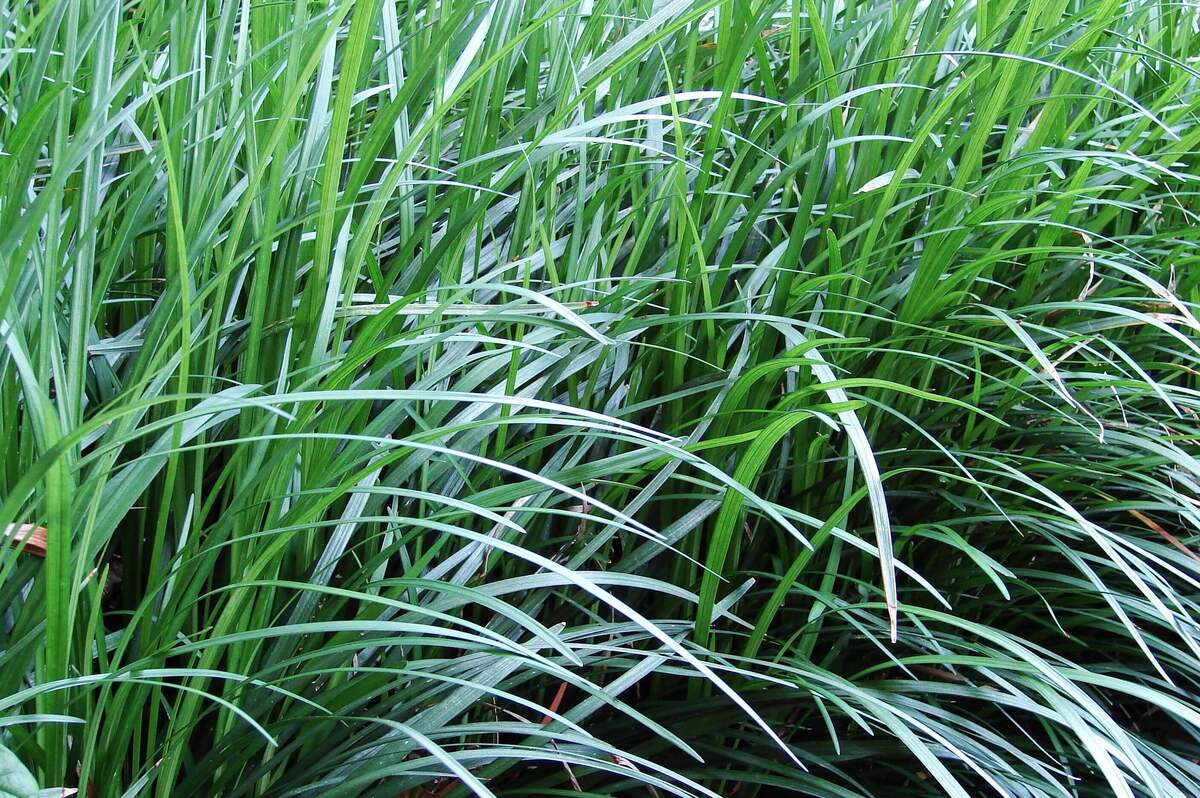
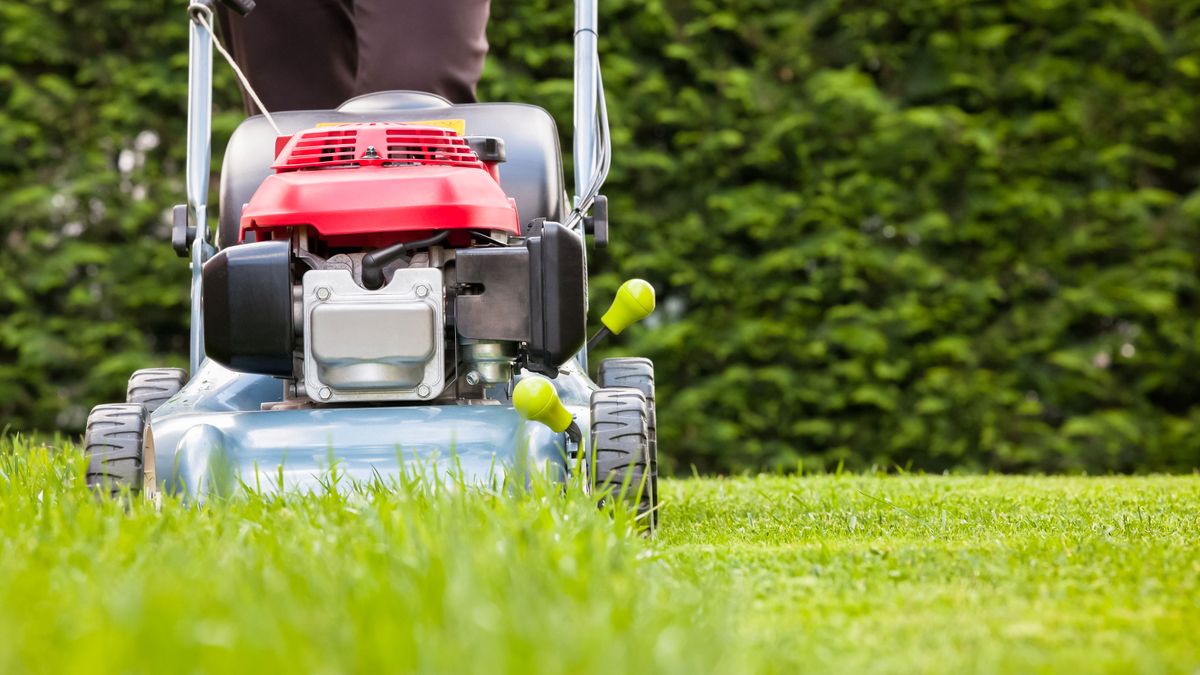
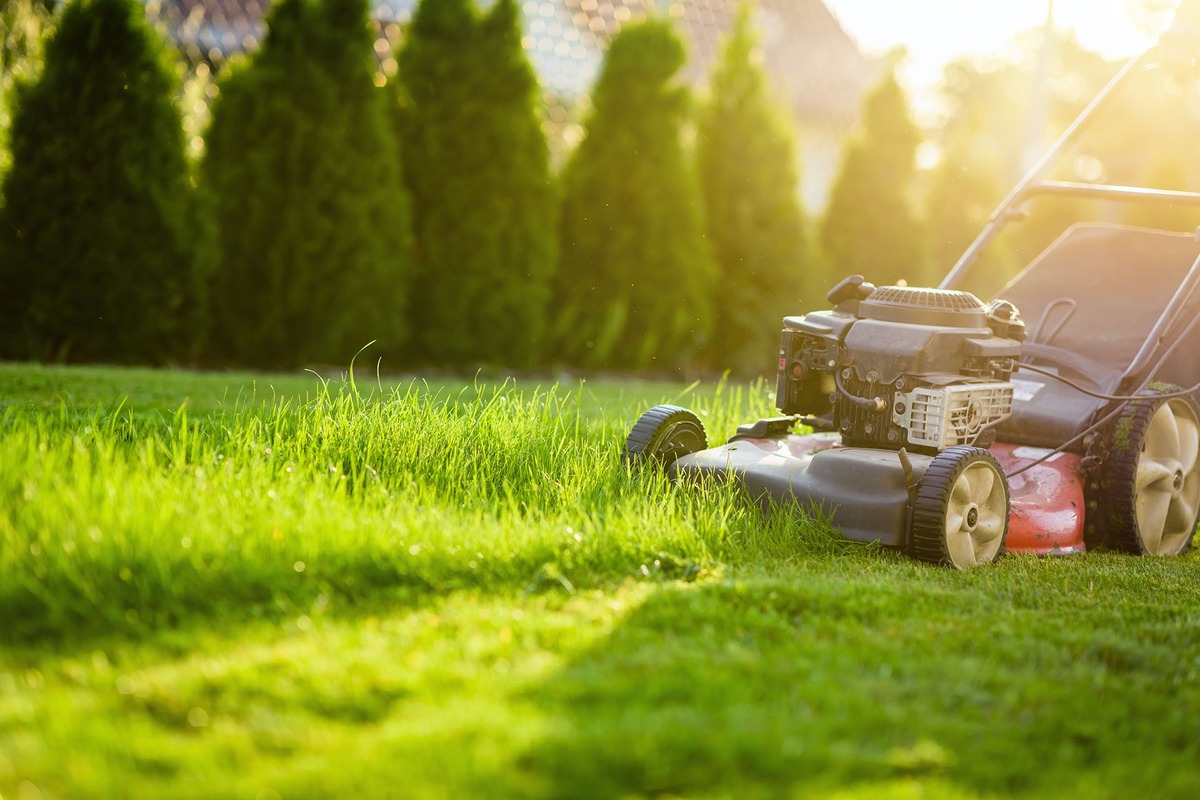
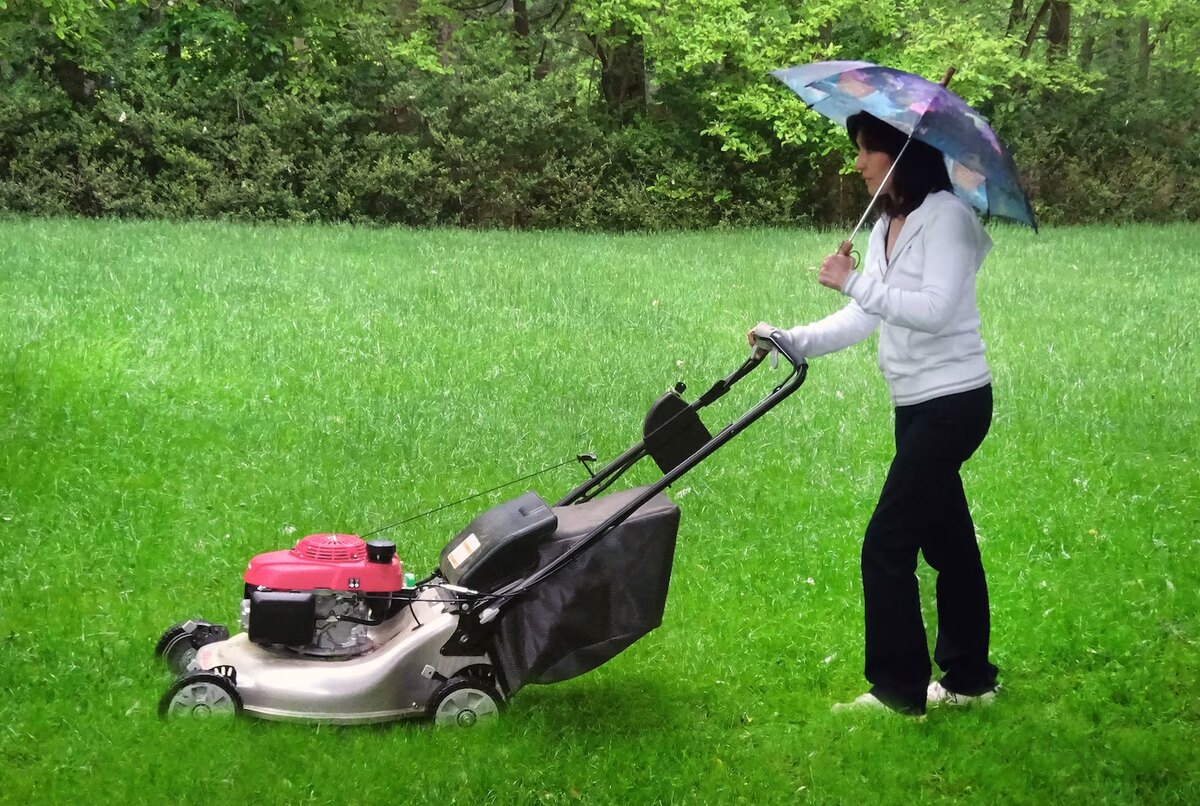


0 thoughts on “How To Make Lines When Cutting Grass”